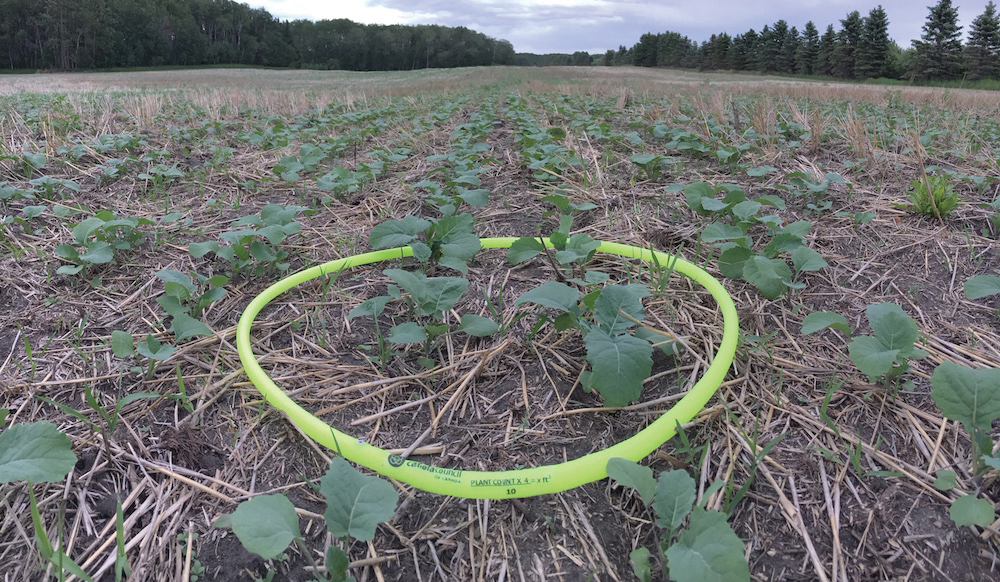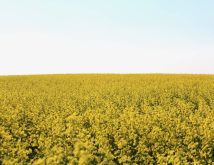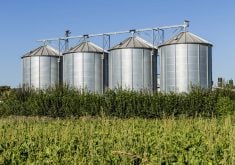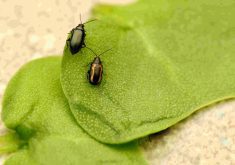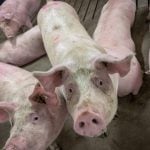Self-improvement is tricky without looking outward for perspective.
A program launched last year by the Canola Council of Canada (CCC) aims to give canola growers that perspective on a massive scale.
The CCC’s ‘Canola Counts’ survey is now into its second year and the data coming in is already providing good insights for agronomists, says Jason Casselman, an agronomy specialist and plant establishment lead with the council.
Read Also

Still hard to predict precise fertilizer payback
Despite decades of advances, international research finds no clear answer for where and when adding nutrient will fail to boost growth.
“It’s definitely giving us indications that our average emergence is still, overall, on the lower side,” he said, speaking about the early results from the first year of the program.
“We’re still only seeing 60 per cent emergence in many areas. But we are seeing some areas where we’re getting closer to that 80 to 90 per cent mark.”
The Canola Counts survey, along with the corresponding website, is a volunteer crowdsourcing data collection tool. It asks growers to perform plant stand counts at the two- to four-leaf stage and then fill out a form that adds their data to the pool that the farmer and the CCC can draw from.
“We had some good participation in most areas of Western Canada,” Casselman says.
He added that the program the program has allowed the CCC to bolster its knowledge database, at the same time allowing growers to monitor their crop’s progress and to analyze what works best for them.
“I think of it as citizen science, where we gather information from people who are out in the field.”
The program provides a summary email for each entry, and participants can review Canola Counts maps at the end of the season to compare their fields to regional averages. The CCC uses the data to compare typical canola populations by region.
It suggests a couple of different methods for determining plant density. The Hula Hoop method requires a hoop with an inside diameter of 19 inches — which translates to two square feet. Farmers should count the plants within the hoop and divide by two for plants per square foot.
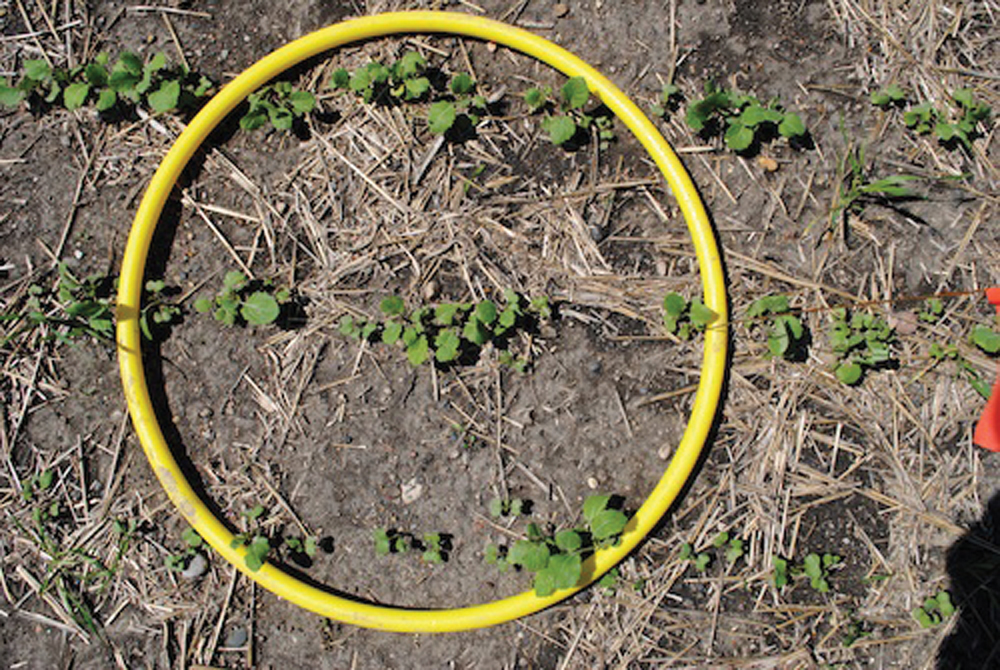
The metre stick method involves counting the seedlings per metre of row, multiplying the count by 100 then dividing it by the row spacing in centimetres to get plants per square metre, then dividing that number by 10 for an approximate conversion to plants per square foot.
By scouting and doing plant counts at the two- to four-leaf stage, growers and agronomists can run a check on the seeding operation and determine if the crop is on track to achieve its full yield potential. It can also identify problems that could be fixed immediately – like insect feeding or reseeding – and establishment problems that could be improved with a new plan for next year.
While they had good participation last year, there is a lot more work to do.
“The Canola Council has a strategic plan of getting to a 52-bushel-per-acre yield across Western Canada by 2025,” notes Casselman. He says he’d like to see the program run at least until 2025 so it can help to achieve that goal. Reaching 52 bushels per acre will mean more and more fields will have to approach that 80 to 90 per cent emergence level. That’s going to mean ensuring five to eight plants per square foot are established.
“It’s not just getting seed depth right. It’s not just getting fertilizer placement right. It’s not just getting seeding speed and understanding their seeding tool right. It’s all of that together. It’s about continual incremental improvements,” Casselman says. And those incremental improvements require patience and time, as well as more data. Casselman says it would also be helpful to fill in some of the holes in under-represented regions, so he’s hoping the number of farmers participating in the survey increases year over year.
For growers interested in participating, the CCC website includes a “Canola Encyclopedia” that has the results from last year’s survey.
“So anybody who’s interested can see if they’re in an under-represented area,” Casselman says. He also wanted to stress that no personal information is divulged — the survey results are reported based on township and range numbers.
While there was a lot of late seeding this year in Manitoba, some farmers may have got their crops in early and may already be beyond the two- to four-leaf stage, but Casselman says that shouldn’t deter farmers from signing on.
“Even if you’re past the two- to four-leaf stage, there is still value in it, because you’re going to see the variation and crop stage and maybe some of the uniformity issues from checking that crop,” Casselman said.


